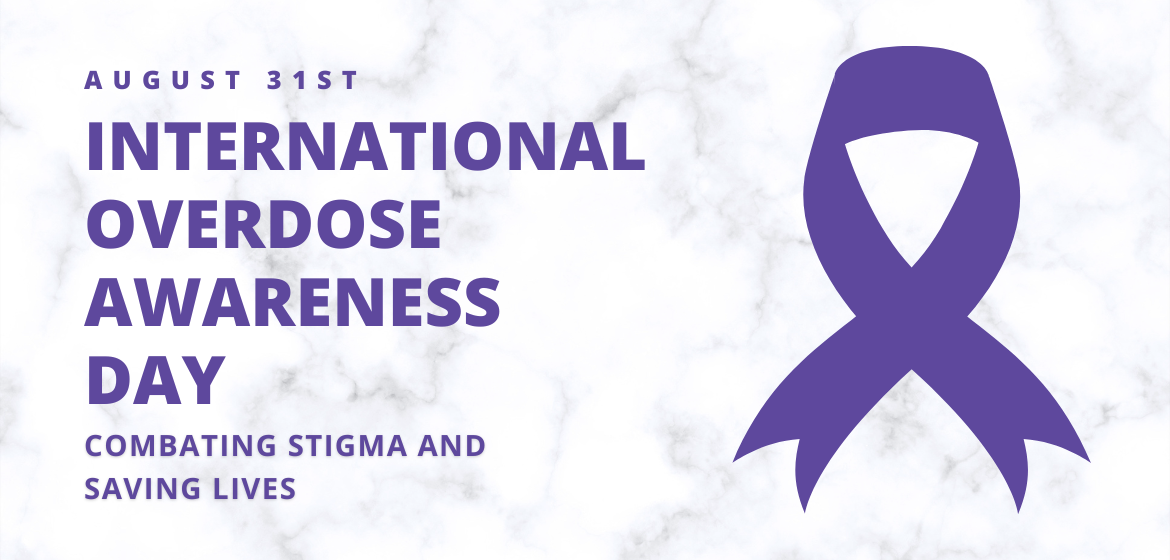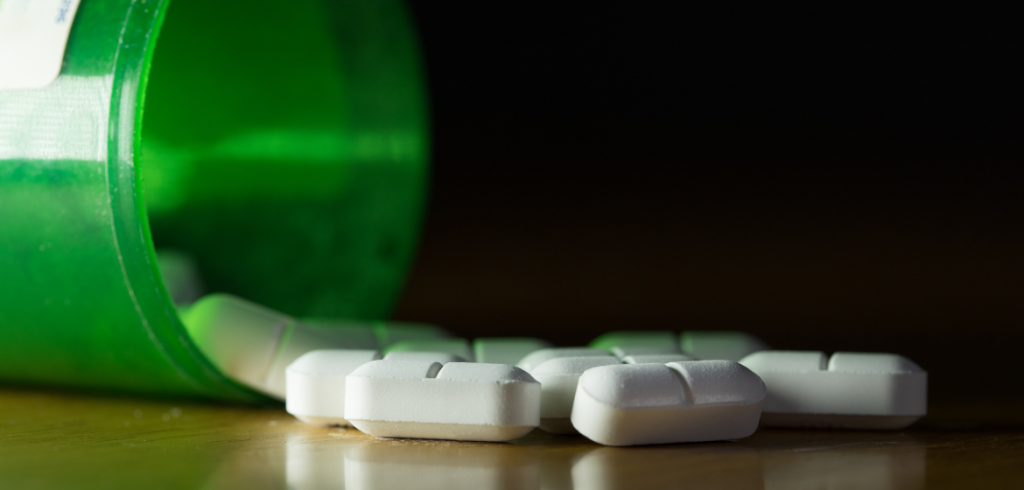
International Overdose Awareness Day: Combating Stigma and Saving Lives
Every year, on August 31st, communities around the world come together to observe International Overdose Awareness Day. This day serves as a poignant reminder of the devastating toll that drug overdoses take on individuals, families, and communities. It is a day to remember those we have lost, to support those who are struggling with addiction, and to raise awareness about the importance of overdose prevention and harm reduction. Today we will explore the significance of International Overdose Awareness Day, its history, the global overdose crisis, the role of stigma, and the vital efforts made by individuals and organizations to combat overdose deaths and save lives.
The History of International Overdose Awareness Day
International Overdose Awareness Day was first established in 2001 in Australia by Sally J. Finn. She initiated this event after losing her son to a heroin overdose. Finn’s goal was to raise awareness about overdose risks and prevention while reducing the stigma surrounding drug use and addiction. Since its inception, International Overdose Awareness Day has gained international recognition and support. It is now observed in countries all over the world, with communities coming together to remember loved ones, provide resources and support for individuals struggling with addiction, and educate the public about overdose prevention.
The Global Overdose Crisis
The global overdose crisis is a pressing public health issue that affects individuals from all walks of life, regardless of age, race, or socioeconomic status. Opioids, both prescription and illicit, are often at the forefront of this crisis. According to the World Health Organization (WHO) Worldwide, about 500,000 deaths are attributable to drug use. More than 70% of these deaths are related to opioids, with more than 30% of those deaths caused by overdose.
In Ireland preliminary figures on drug-related deaths show there were over 400 fatal overdoses in 2020 and overdoses treated at hospitals reached a 10-year high in 2020, with almost 5,500 cases recorded.
The Role of Stigma
One of the significant barriers to addressing the overdose crisis is the stigma associated with addiction and drug use. Stigma perpetuates misconceptions, discrimination, and shame, making it difficult for individuals to seek help and for communities to implement effective harm-reduction strategies. Stigmatising language and attitudes can prevent individuals from accessing life-saving resources such as naloxone, an opioid overdose reversal medication, or harm reduction programs like supervised injection sites. Combatting stigma is a crucial aspect of International Overdose Awareness Day, as reducing stigma can lead to more compassionate and effective responses to addiction.
Efforts to Combat Overdose Deaths
International Overdose Awareness Day is not just a day of remembrance but also a day of action. Here are some of the key efforts and strategies employed to combat overdose deaths:
- Naloxone Distribution: Naloxone, also known as Narcan, is a medication that can rapidly reverse opioid overdoses. Many communities and organizations distribute naloxone kits to individuals at risk of overdose and their loved ones. Training programs teach people how to recognize an overdose and administer naloxone effectively.
- Harm Reduction Programs: Harm reduction programs provide a range of services and resources to individuals who use drugs. These programs aim to minimize the negative health and social consequences of drug use. Examples include supervised injection sites, needle exchange programs, and education on safe drug use practices.
- Treatment and Support Services: Access to evidence-based addiction treatment and support services is crucial. These services can include counseling, medication-assisted treatment, and peer support groups. International Overdose Awareness Day often serves as a platform to promote these resources and encourage individuals to seek help.
- Community Awareness and Education: Education plays a vital role in overdose prevention. Communities and organizations use this day to educate the public about the signs of overdose, the importance of calling emergency services, and the resources available for those struggling with addiction.
- Advocacy and Policy Change: Advocacy efforts focus on changing drug policies and laws to prioritize harm reduction and public health over punitive measures. This includes advocating for decriminalisation, access to treatment, and the removal of barriers to harm reduction services.
- Support for Families and Loved Ones: Overdose affects not only the individual using drugs but also their families and loved ones. Support groups and resources for these individuals help them cope with the challenges they face and connect with others who have similar experiences.
 International Overdose Awareness Day serves as a vital annual reminder of the ongoing overdose crisis and the urgent need for action. It is a day to remember those who have lost their lives to overdose, support individuals struggling with addiction, and raise awareness about overdose prevention and harm reduction.
International Overdose Awareness Day serves as a vital annual reminder of the ongoing overdose crisis and the urgent need for action. It is a day to remember those who have lost their lives to overdose, support individuals struggling with addiction, and raise awareness about overdose prevention and harm reduction.
To combat the overdose crisis effectively, communities, governments, healthcare providers, and individuals must work together to reduce stigma, increase access to life-saving resources like naloxone, and prioritize evidence-based addiction treatment and harm reduction strategies. International Overdose Awareness Day provides a platform for these efforts and reminds us that saving lives and supporting individuals with addiction is a global responsibility.
As we observe International Overdose Awareness Day each year, let us renew our commitment to compassion, education, and action to prevent overdose deaths and support those in need. Together, we can make a meaningful difference in the lives of individuals and families affected by addiction and overdose.
























